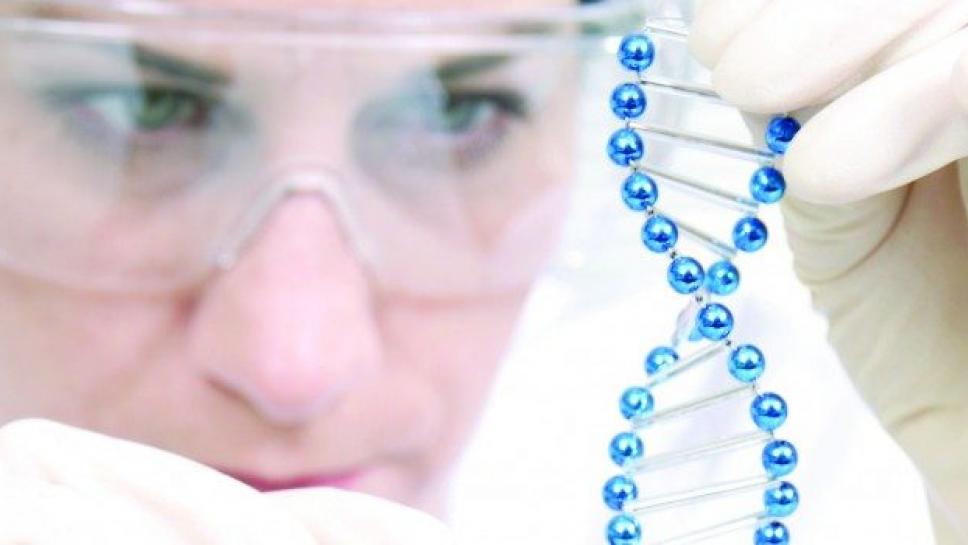
US scientists have created a new mouse model of Duchenne muscular dystrophy (DMD) and treated it with an improved genome editing technique. This corrected the dystrophin gene and protected the muscles from damage. While the results of this preclinical study are promising, more research is needed before genome editing can be tested in people with Duchenne muscular dystrophy.
The new mouse model has a deletion of exon 50, which is one of the most common mutations causing DMD. This makes it an important tool for future DMD research. Previously, most studies have used the mdx mouse model, which has a different and less common mutation.
The exon 50 deletion puts the dystrophin gene “out of frame”. This means that exon 49 can’t join up with exon 51, as the ends of these two exons don’t fit together (see below). This leads to an incomplete, faulty dystrophin protein.

To put the gene back ‘in frame’, Professor Eric Olsen and his team at the Wellstone Muscular Dystrophy Research Centre, Texas, designed a CRISPR/Cas9 tool to make a single cut near exon 51. This was packaged into an adeno-associated virus (AAV) and injected into the bloodstream of very young mice with the exon 50 deletion.
The CRISPR treatment corrected the dystrophin gene and increased dystrophin production in the heart and muscles of the mice. Different tests showed that the muscles were healthy and muscle strength was improved. This demonstrates that treatment in very early stages of the condition can protect the muscles from damage.
When the researchers analysed the dystrophin gene of the CRISPR-treated mice, they found that it had been put in frame by two different mechanisms. One of these involved exon skipping, where exon 51 was ‘skipped’ (you can read more about exon skipping in our factsheet). This resulted in a dystrophin protein missing exons 50 and 51.
The other mechanism involved the insertion of a particular DNA letter (called adenosine) next to exon 51. This allowed exon 51 to join up with exon 49, resulting in a dystrophin protein missing only exon 50.
No off-target effects were found, which suggests that the Cas9 scissors were cutting the DNA in the right place. However further research is still needed to confirm the long-term safety of CRISPR/Cas9 and how long its therapeutic effect might last.
Prof Olson is the founder of Exonics Therapeutics, which aims to develop CRISPR/Cas9 for commercialisation.
Further information
For more information, read this press release, or the full paper in Science Translational Medicine.
Read the latest news on genome editing
Read about genome editing research funded by MDUK
